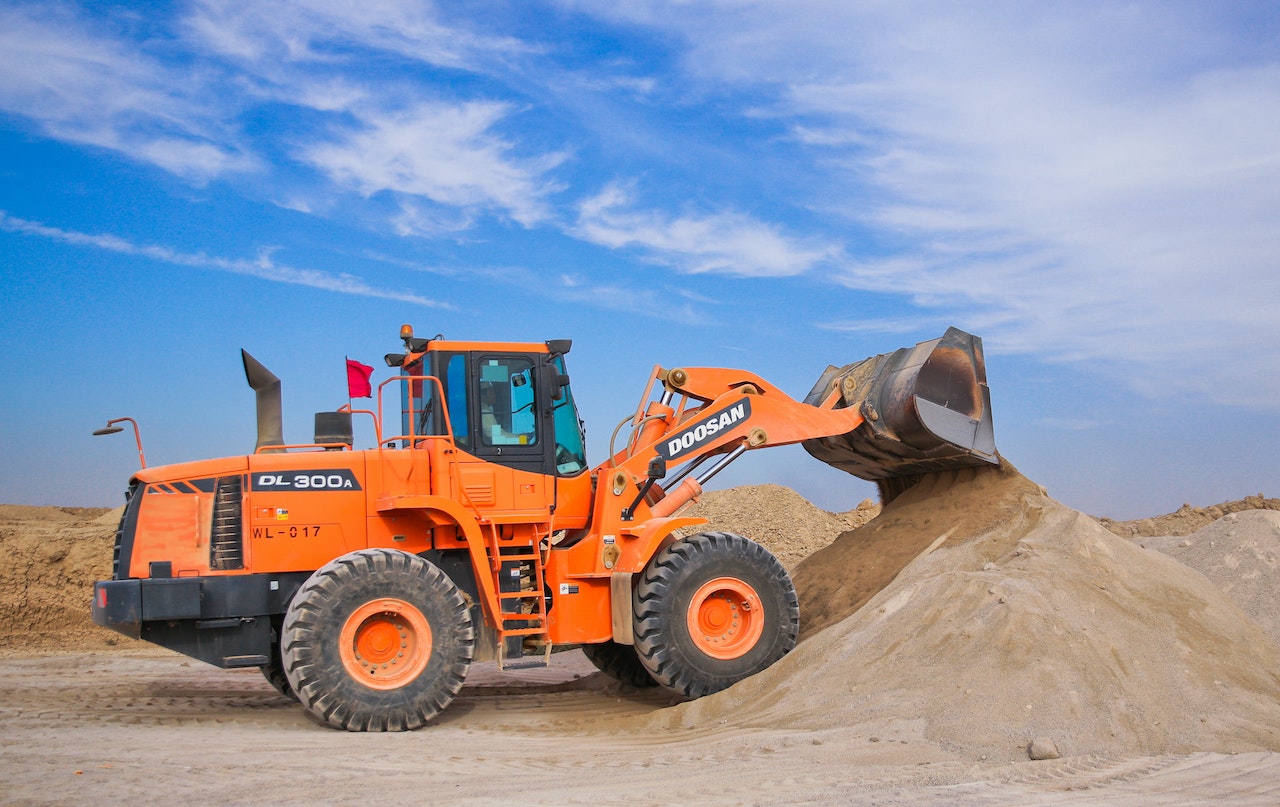Surety Bond Professionals is a family owned and operated bonding agency with over 30 years of experience. With access to a broad range of surety markets, our expert agents are ready to assist with all of your construction bonding needs.
What is Autonomous Construction Equipment?
Driverless vehicles are becoming more prevalent as the technology develops, though fully autonomous vehicles are probably still a couple of years away from being a common sight on the nation’s highways. History has shown that heavy equipment—tractors, bulldozers, dump trucks, cranes, excavators, and the like, tends to be about a decade behind the automotive industry in terms of technology adoption. But autonomous construction equipment is likely the future.
Examples from the Mining Industry
Experiments with autonomous mining equipment pointed the way for the development of autonomous construction equipment. If autonomous dump trucks could move without a driver, there was no reason to think that construction operations couldn’t use them to a similar advantage in terms of fuel and time efficiency. The use of such vehicles, controlled remotely by an operator much as drones are, maximizes precision and optimizes equipment utilization, while eliminating the possibility of personal injury to human drivers.
From Semiautonomous to Fully Autonomous?
Much of the construction equipment referred to as autonomous is more accurately described as semi-autonomous. There may not be a driver in a grader or bulldozer, but there may be an operator controlling it from a construction trailer a few hundred feet away. And in some cases, a single operator may control multiple pieces of equipment. Although fully autonomous equipment may be the goal, there probably will continue to be a need for some level of human supervision and intervention in the event that something goes wrong.
Connected Data
Connecting data transmitted automatically from autonomous construction equipment to a three-dimensional model of the terrain at a job site can optimize the grading process to conform to that model. There are many other examples of ways in which construction equipment can or could be equipped with sensors that transmit data to a cloud-based construction management system. The time and cost savings from this type of Internet of Things (IOT) connection could be substantial.
What Are the Benefits of Autonomous Construction Equipment?
The main advantages of autonomous construction equipment are in the areas of efficiency, productivity, and safety.
Increased Efficiency
Using smart internet-connected sensors to monitor autonomous construction equipment provides unprecedented remote diagnostic capabilities. Repair and maintenance issues are identified before they become problems that take the equipment out of use for major repairs. Additionally, the precision afforded by positioning data prevents errors requiring rework. Consequently, equipment life is extended, repair and rework costs are reduced, and less fuel is consumed.
Greater Productivity
When work is done more efficiently, productivity soars. More is accomplished in a shorter period of time, with less waste and better quality. The resulting savings in time, labor, and money increase the profitability of a project.
Increased Safety
The use of autonomous construction equipment also reduces operator injuries. Operating heavy construction equipment is physically demanding, and neck, shoulder, and back injuries are always a risk. Controlling a piece of heavy equipment remotely eliminates that risk.
Beyond Autonomous Construction Equipment
Equipment manufacturers are aiming to use a range of digital technologies not only to automate individual pieces of construction equipment but also to connect and integrate entire job sites. The technologies supporting this effort include smart sensors, image recognition, control technologies, autonomous driving systems, 5G remote control and mobile connectivity, 3D drone surveys, terrain modeling, LIDAR, workload estimation, scheduling, and failure prediction algorithms, artificial intelligence, BIM, and more.
Pieces of this vision are under development, and some are already in use. Companies like Caterpillar and Volvo are making great strides in developing autonomous construction vehicles. A completely integrated jobsite does not yet exist, but may not be far off in the future. Given the rapid development of autonomous equipment and the successful use of autonomous equipment on construction sites thus far, the consensus is that widespread use of autonomous construction equipment is inevitable.
Impact of Autonomous Equipment on Construction Bonding
The advent of autonomous construction equipment raises legitimate questions about financial liability and bonding. For example, if contractors today assume liability for the actions of their human subcontractors, will they one day do the same for the autonomous construction equipment they use? It seems entirely likely that some changes in the ways that construction risk is measured and mitigated may eventually be needed.
It will be interesting to see how the construction bonding business responds to the increasing use and integration of autonomous construction equipment.
Get A Quote
Our surety bond professionals will get you the construction bonds you need at a competitive rate.





